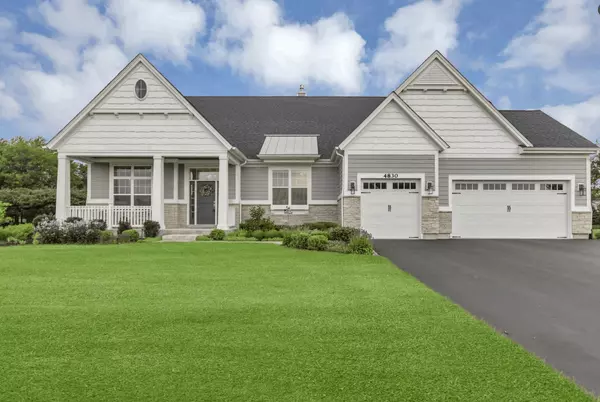Rural vs. Urban: Home Prices in IL Since 2020

The Illinois real estate market has seen dramatic shifts since 2020, with distinct differences emerging between rural and urban home prices. Understanding these trends is crucial for both buyers and sellers looking to navigate the ever-evolving landscape. In this blog, we'll delve into the key factors influencing these changes, providing a comprehensive market update to guide your real estate decisions.
Buyers: A Tale of Two Markets
For buyers, the choice between rural and urban living has never been more pronounced. The COVID-19 pandemic triggered a mass exodus from densely populated cities to more spacious rural areas, driving up demand—and consequently prices—in these regions. Rural homes in Illinois saw a significant increase in value as people sought larger properties and more outdoor space.
Urban areas, on the other hand, experienced a temporary dip in demand as remote work became the norm and social distancing measures took precedence. However, as life begins to return to normalcy, urban markets are rebounding. Cities like Chicago are witnessing renewed interest, particularly among younger professionals who crave the vibrancy and convenience of city life.
Sellers: Timing is Everything
For sellers in rural Illinois, now might be an opportune time to list your property. The surge in demand for rural homes has led to competitive bidding wars, often resulting in sales prices well above asking. If you've been contemplating selling your rural home, current market conditions could work in your favor.
Urban sellers face a different scenario. While the market is recovering, it's not quite at pre-pandemic levels yet. Sellers may need to be patient and strategic—considering factors like staging and minor renovations to make their properties stand out. Pricing competitively is also key; an overpriced listing can languish on the market longer than necessary.
Market Update: Key Trends Since 2020
The Illinois real estate market has been anything but static since 2020. Here are some of the most notable trends:
1. Increased Demand for Rural Properties: As mentioned earlier, there's been a marked shift towards rural living. This trend is driven by multiple factors including remote work flexibility and a desire for more space.
2. Urban Market Recovery: While initially hit hard by the pandemic, urban markets are bouncing back as companies adopt hybrid work models and people return to city living for its amenities and lifestyle options.
3. Interest Rates: Historically low interest rates have fueled home buying across both rural and urban areas. However, recent talks of potential rate hikes could influence buyer behavior moving forward.
4. Inventory Levels: Inventory remains tight across the board but is particularly scarce in desirable rural locations. Urban areas are seeing a gradual increase in listings as sellers gain confidence in the market's recovery.
5. Price Appreciation: Both rural and urban markets have seen price appreciation since 2020, but the rate has been more pronounced in rural areas due to heightened demand and limited supply.
Conclusion
Whether you're buying or selling a home in Illinois, understanding the nuances between rural and urban markets is essential. Buyers must weigh their priorities—be it space and tranquility or convenience and vibrancy—while keeping an eye on market trends that could affect their purchasing power. Sellers need to tailor their strategies according to their property's location and current demand dynamics.
As we move forward into 2023 and beyond, staying informed about these trends will help you make savvy real estate decisions that align with your goals. The Illinois real estate landscape continues to evolve, offering unique opportunities for both buyers and sellers willing to adapt to changing conditions.
Categories
Recent Posts










GET MORE INFORMATION

Broker | Owner
